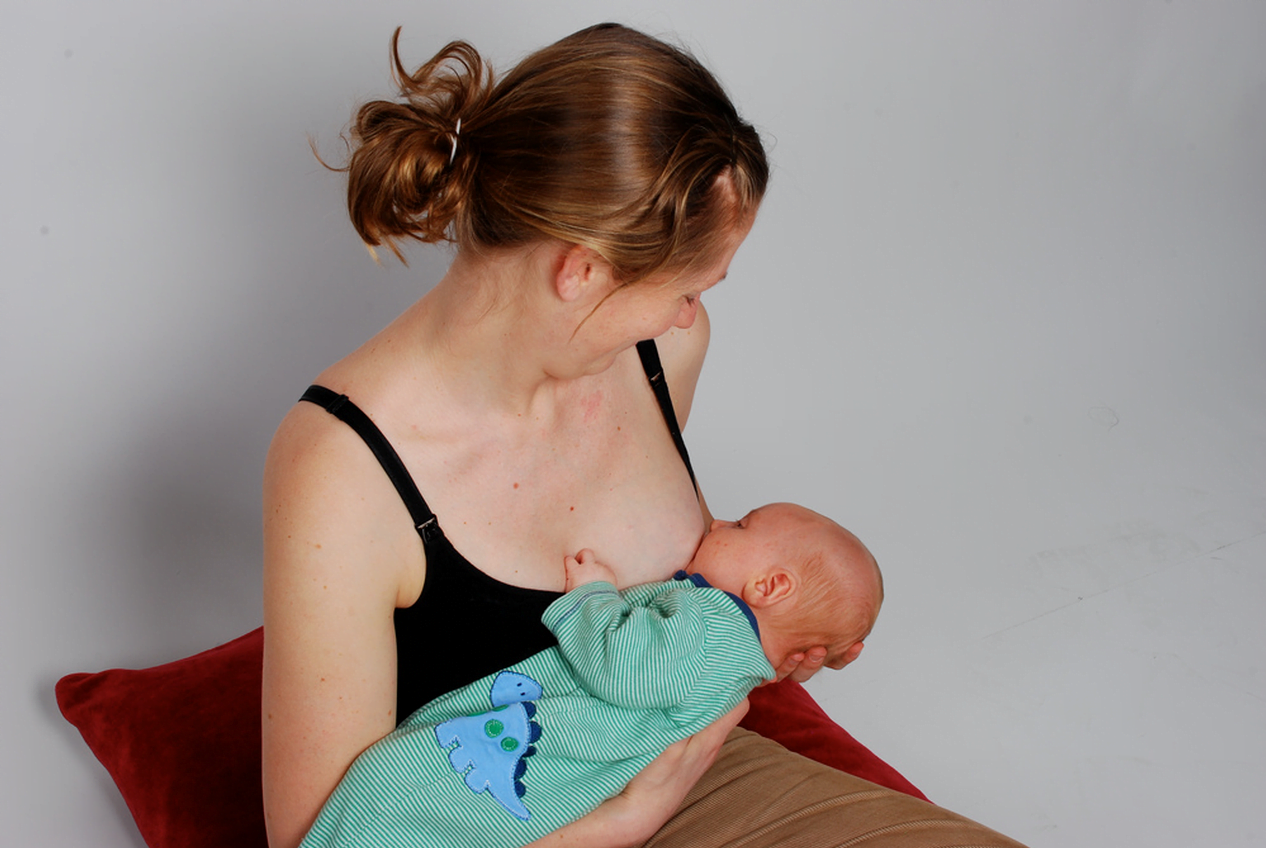Malnutrition is again on the rise in certain regions, particularly those beset by conflict and instability. Following its most severe drought of the last century, North Korea is currently experiencing a deadly rise in malnutrition. UNICEF estimates that more than half a million children will become malnourished in Yemen during the coming year due to food insecurity caused by civil war. Chronic malnutrition has soared to 29% in Angola, the highest rate worldwide.
The first step towards alleviating malnutrition, affecting two billion people and the cause of a third of children’s deaths worldwide, does not lie in the hands of those who can reform political or food systems. It lies in the hands, or rather breasts, of the mother. The World Health Organization estimates that up to 10%, and the Lancet over 13%, of children’s deaths worldwide could be prevented through a modest increase in breastfeeding rates.
Survival rates for breastfed children in both developing and developed countries are significantly higher in early life. This relates to the key “window of opportunity” of physical and cognitive development, occurring from conception to two years of age. The initial milk produced in the first 48 hours of birth, antibody-rich colostrum, provides strengthened immunity over one’s lifetime. Exclusive breastfeeding for the first six months of life leads to a lower incidence of infant morality and decreased illness throughout childhood. Breastfeeding until two years of age affords the ongoing infusion of antibodies and high nutritional content. Breastfeeding also has health advantages for mothers, including reduced risk of breast, uterine and ovarian cancer, as well as faster post-partum recovery. Citing these benefits, the World Health Organization recommends breastfeeding until two years or beyond.
Why, then, are less than half of today’s children exclusively breastfed for the first six months of life? Many have turned away from breastfeeding completely, influenced by financially powerful media campaigns of formula companies and the persuasive idea that parents should give a child the “best that money can buy.” The 2014 UNICEF film “Formula for Disaster,” spotlights the marketing undertaken by breastmilk substitute companies such as Nestle, who take advantage of general lack of knowledge on this topic.
The majority of working women throughout the world receive little if any flexibility or time off in their livelihoods, despite widespread written policy requiring maternity leave. In much of the developing world, women cannot afford to miss even a day’s work and thus must immediately pass off the child to another family member for primary care.
Women who hope to breastfeed on demand in the United States and Europe are rarely much better off. Even health professionals commonly tell them that they are creating bad habits, such as lasting dependency. The public shaming of breastfeeding women, thrown out of restaurants, stores and other shared spaces continues writ large. And mothers remain penalized for taking off time from work, notoriously in the Academy, with strict tenure regulations that do not bend towards the biological reality.
Mother-led campaigns are gaining ground on this issue, from La Leche League International, which supports women who choose to breastfeed and mass “nurse-ins” at institutions that attempt to prohibit breastfeeding on their premises. And this week is World Breastfeeding Week which draws international attention to the value of breast milk.
The mantra “breast is best” can be heard echoing in the news as much as pro-breastfeeding social media forums. Some countries with notable social welfare systems and wealth, such as Germany, Sweden and Norway, now provide extensive paid parental leave for each new child. While perhaps motivated by falling reproductive rates, this undoubtedly facilitates breastfeeding. Yet most of the world lags distressingly behind.
The first step to alleviating malnutrition occurs in the first hours, days and months of life. Women must be empowered as leaders at the micro-level to help to alleviate malnutrition on a global scale.
